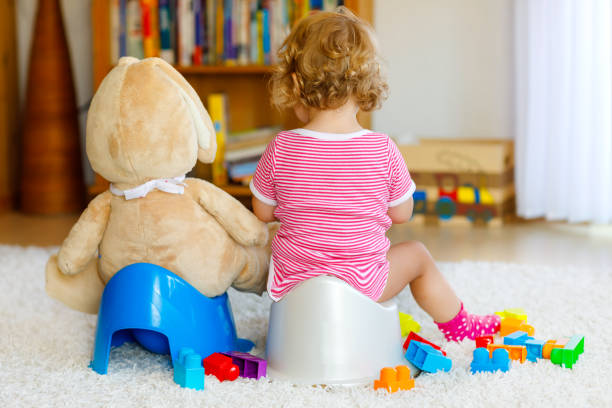Toilet Training for Children
Toilet training is an important step towards independence with the transition of the child out of infancy to early childhood.
Toilet training in children
Toilet training is an important step towards independence with the transition of the child out of infancy to early childhood. Toilet training is expected in the period of 18-36 months, but this process takes place with the physical, emotional and physical readiness of the child.
What are the messages of readiness for toilet training?
If there is awareness of the gold being dry or wet,
If he/she expresses discomfort when his/her bottom is wet,
If his diaper can stay dry for a few hours,
If he is doing his poop by hiding,
If he can pull his own pants down
If he states that he needs to go to the toilet with his gestures and words,
Can understand simple instructions
If he is interested in a potty or toilet and asks to use it,
your child is giving messages that he is ready to go to the toilet.
How should you act as a parent in this process?
Be patient, do not rush (Remember, this is not a decision you can make, it is about the child’s readiness)
Avoid being too meticulous
Get a child-designed adapter for the potty and adult toilet
Do not overreact
Verbally appreciate when he pees or poops on the potty/toilet
Avoid scolding or judging when he pees/poops, say ‘sometimes such accidents can happen’
Give your child responsibility when accidents happen (such as taking off his pants, throwing them in the dirty basket)
Choose outfits that she can easily take on and off in tracksuit style
Keep the potty in the bathroom and introduce it to your child
Let her when she wants to sit on the potty
Let him observe you in the toilet, children learn many behaviors by role modeling
Make sure that he goes to the toilet not only to pee and poop, but also to acquire behaviors such as hand washing and tooth brushing.
Avoid asking often if you have a toilet, instead direct your child to the toilet by saying it’s time to go to the toilet. (Here, it is important to follow the fluid intake and direct it to the toilet after 30-40 minutes)
It is important for you to be calm, positive, patient and peaceful throughout this entire process. No matter how much you want and try, if your child does not give you the message that he is ready, this process will fail and cause disappointment and a negative experience for both you and your child. You should wait for your child to be ready without worrying and reflecting your sensitivity on this issue. Remember, completing this process is different for each child, some children may complete it in a week, while others may take months. However, if your child is having problems with toilet training even though he/she is over 4 years old, you should share it with your pediatrician and investigate whether the problem is of physiological origin, and get an expert opinion rather than physiological reasons. It is important to identify the source of the problem and take appropriate approaches.
